The butterfly effect
Updated: 2016-03-12 01:13
By
It’s no secret that the weather can be a baker’s worst enemy, and during rainy winter days, the inexperienced ones may struggle to achieve the optimal level of moisture in their dough.
(China Daily USA)
|
||||||||
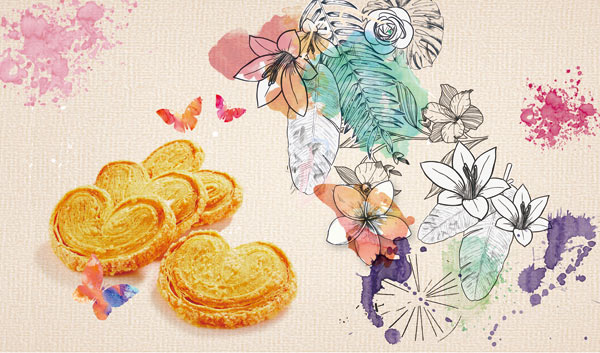
A look at one of Shanghai’s most iconic pastries that has remained a crowd favorite throughout the years
It’s no secret that the weather can be a baker’s worst enemy, and during rainy winter days, the inexperienced ones may struggle to achieve the optimal level of moisture in their dough.
But at this cramped two-storey workshop tucked within Shanghai’s most traditional neighborhood, 59-year-old Lin Jianming and his apprentices know exactly how many extra seconds their golden butterfly-shaped puff pastries need to be in the oven.
The workshop has for decades been supplying over 70 types of pastries every day to Deda Restaurant, one of the most famous and historical western dining establishments in town. Lin said that the workshop has been a little “out of control” in the past few months, but this has been admittedly a good problem to have.
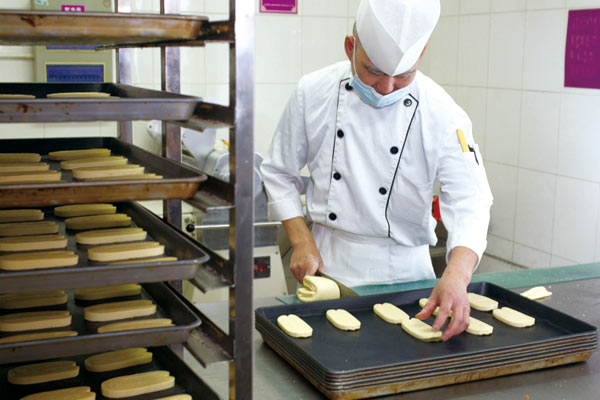 |
|
Dough that has been mixed with butter is kneaded to form multiple layers. Chefs say that the greater the number of layers, the crispier the pastry becomes. |
Sales of the bakery’s palm-sized butterfly pastry have doubled ever since Lin increased the diary content to suit the local Shanghainese palate.
“It’s all about the proportion of flour and butter. We didn’t know that the people would be so addicted to the pastry after we made it a lot more buttery,” said Lin.
Priced at 20 yuan ($3) for a bag of five pieces, the butterfly pastry has been flying off the shelves of two of Deda’s outlets. Long queues are formed even before the pastry is unveiled to the public just after noon and the restaurant has been propelled back into the spotlight for the first time in decades.
This crispy and flaky puff that is lightly sprinkled with sugar crystals is believed to be a “crossbreed” of Chinese and Western culinary influences, first created in the 1930s when the city was welcoming expatriates. Unlike those found in Beijing, which are usually much smaller in size and harder in texture, the Shanghai version is extremely flaky and crumbs fall like snowflakes after a bite.
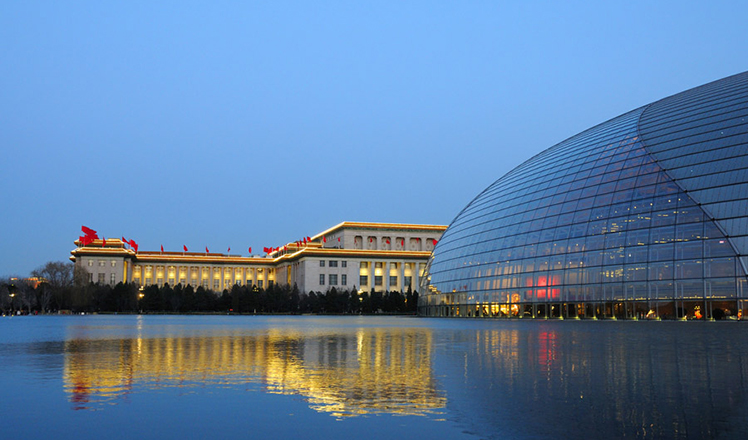
 Beijing sees blue sky during the two sessions
Beijing sees blue sky during the two sessions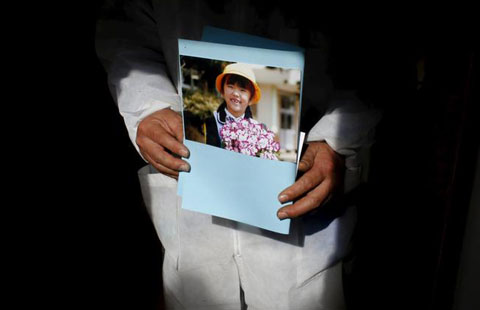
 Fukushima five years on: Searching for loved ones
Fukushima five years on: Searching for loved ones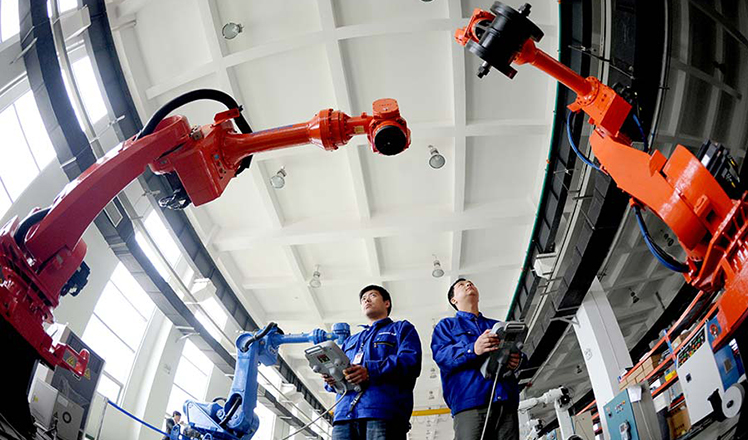
 Robots ready to offer a helping hand
Robots ready to offer a helping hand
 China to bulid another polar ship after Xuelong
China to bulid another polar ship after Xuelong
 Top 10 economies where women hold senior roles
Top 10 economies where women hold senior roles
 Cavers make rare finds in Guangxi expedition
Cavers make rare finds in Guangxi expedition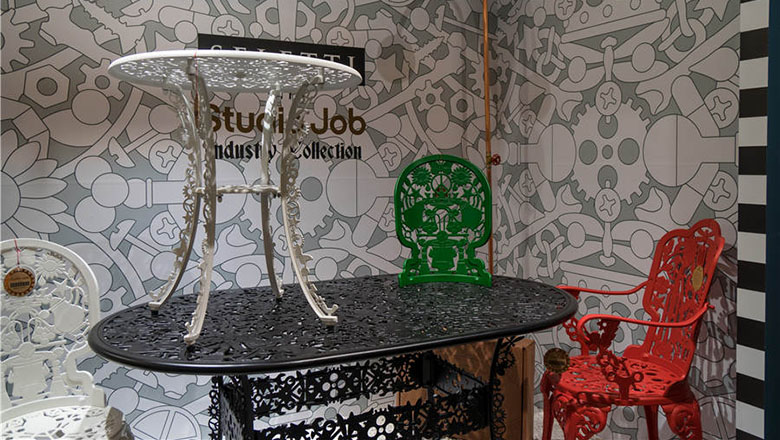
 'Design Shanghai 2016' features world's top designs
'Design Shanghai 2016' features world's top designs
 Cutting hair for Longtaitou Festival
Cutting hair for Longtaitou Festival
Most Viewed
Editor's Picks

|

|

|
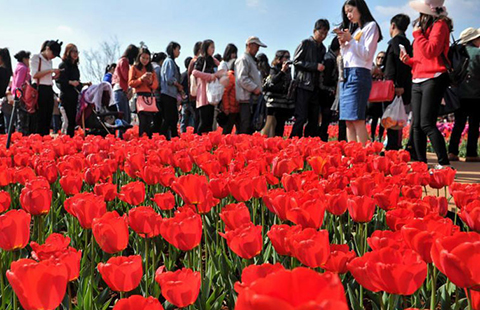
|

|

|
Today's Top News
What ends Jeb Bush's White House hopes
Investigation for Nicolas's campaign
Will US-ASEAN meeting be good for region?
Accentuate the positive in Sino-US relations
Dangerous games on peninsula will have no winner
National Art Museum showing 400 puppets in new exhibition
Finest Chinese porcelains expected to fetch over $28 million
Monkey portraits by Chinese ink painting masters
US Weekly

|

|







